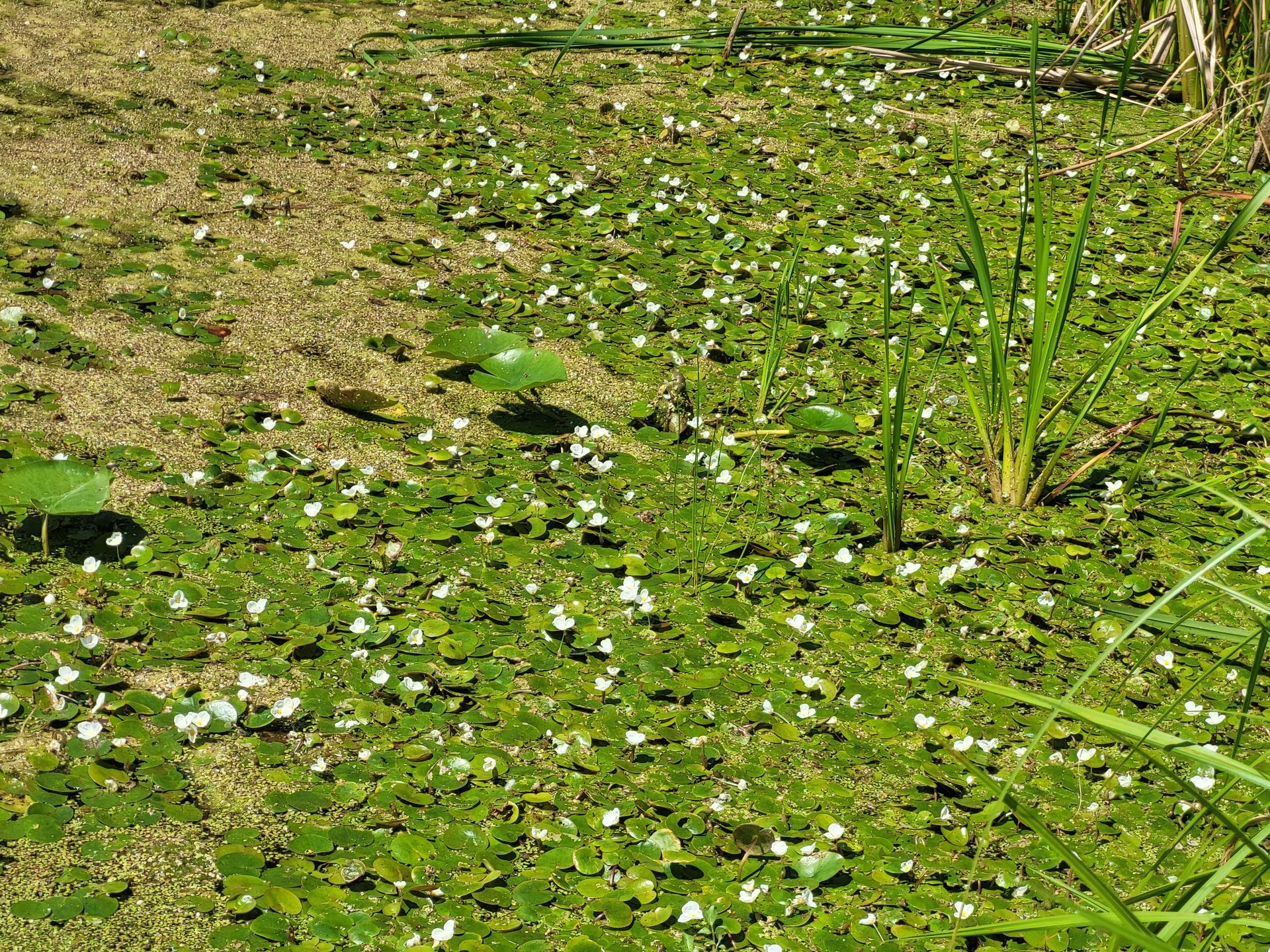Restoring Prairie and Oak Savanna Ecosystems at Gourdneck State Game Area
In light of On the Ground (OTG) and Kalamazoo Conservation District’s upcoming habitat improvement project at Gourdneck State Game Area in Kalamazoo County this upcoming Saturday, March 26, let’s dive into some of the habitat management goals for this parcel of state land and highlight how our project will help enhance wildlife habitat for years to come.
Prairie grassland and oak savanna habitat types are biologically diverse and are home to a variety of native flora and fauna. Historically, grassland and savanna complexes made up a large portion of Kalamazoo County. As people began developing this area, much of the nutrient-rich grasslands were converted into agriculture and grazing land. As the surrounding area became more urbanized, the piece of land that we now know as Gourdneck State Game Area (SGA) changed as well. Woody brush, large trees, and even some invasive vegetation began to dominate the landscape. Now, the Michigan Department of Natural Resources (DNR) has a goal of restoring the historic prairie and oak savanna ecosystems to benefit wildlife, hunters, and non-consumptive recreationists alike.

An OTG volunteer stands atop a large brush pile in a State Game Area in 2017.
In the summer of 2005, prairie restoration efforts began within the SGA. Habitat work included clearing fields of brush and trees, broadcast-seeding rye to provide winter forage for wildlife, and using prescribed burns to control and enhance grassland regeneration. The DNR will also use careful management to select for oak regeneration in the future (a tree species native to Michigan).
State Game Areas are managed by the DNR for the presence of game species to increase wildlife watching and hunting opportunities for the public. The main method of increasing wildlife recruitment on the SGA is enhancing and maintaining critical habitat for target species. Increasing the number of brush piles, also known as “rabbitat” (rabbit habitat), is a great way to actively create safe cover and nesting habitat for small mammals, game birds, songbirds, and reptiles. In fact, you can volunteer to assemble brush piles at the Gourdneck SGA this Saturday! Click here for project details and registration.
Through volunteering to increase rabbitat at the SGA, your efforts will positively impact wildlife like rabbits, squirrels, garter snakes, songbirds, and foxes that use brush piles for nesting, denning, feeding, and protection. Not only that, but removing and reducing the spread of woody vegetation and trees will open-up the landscape and allow for target species like oak trees and native grasses to regenerate. A win-win!
The post Restoring Prairie and Oak Savanna Ecosystems at Gourdneck State Game Area appeared first on Michigan United Conservation Clubs.
Recent Posts



